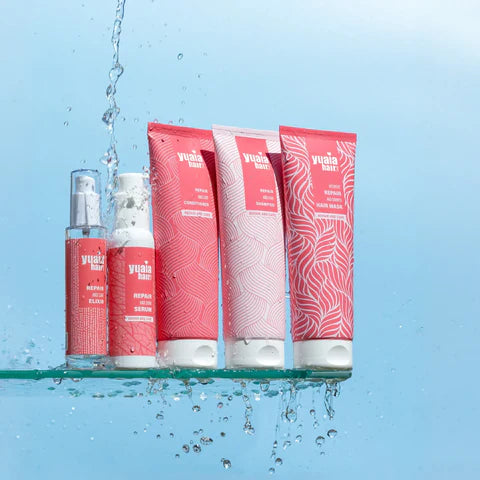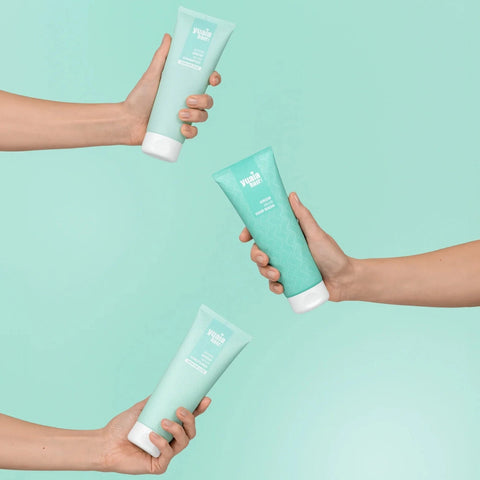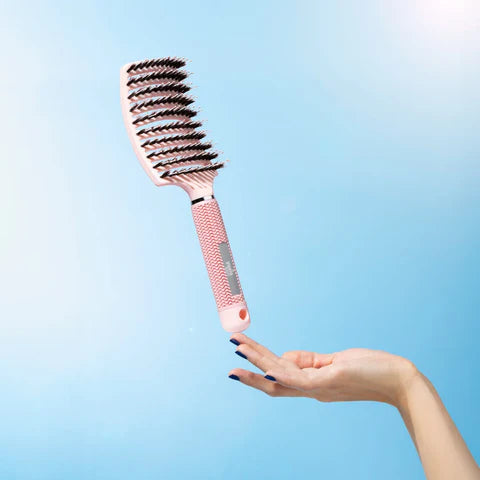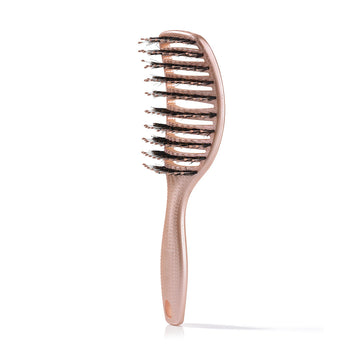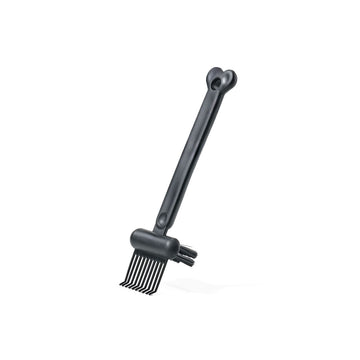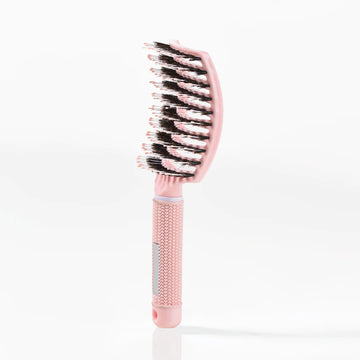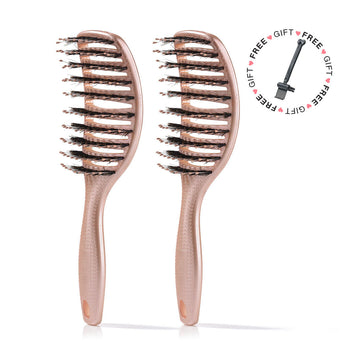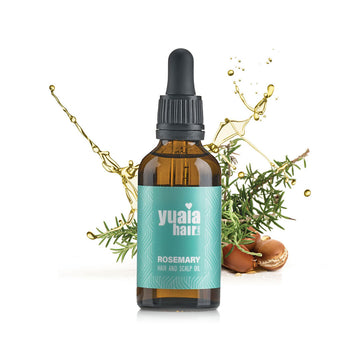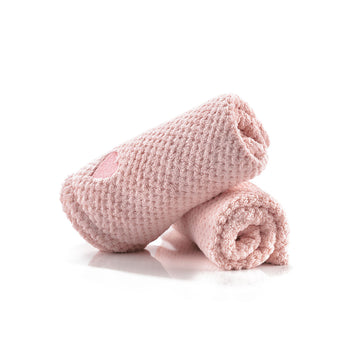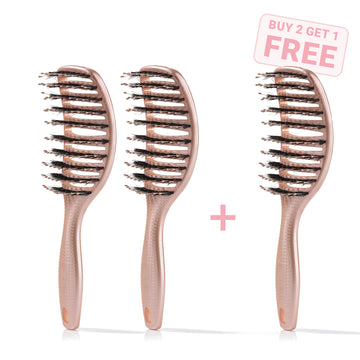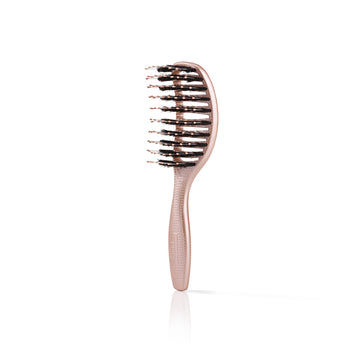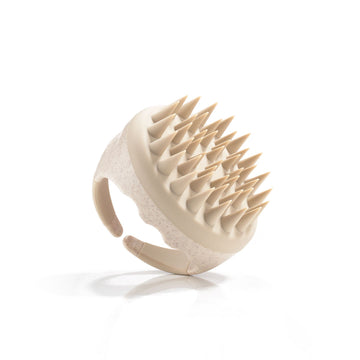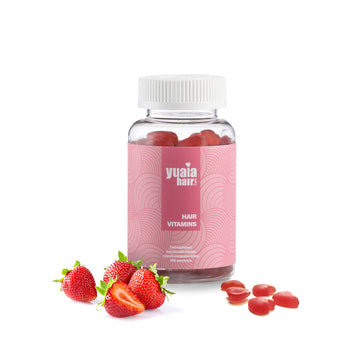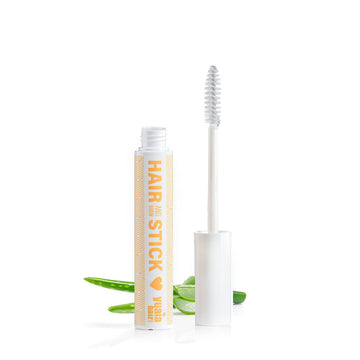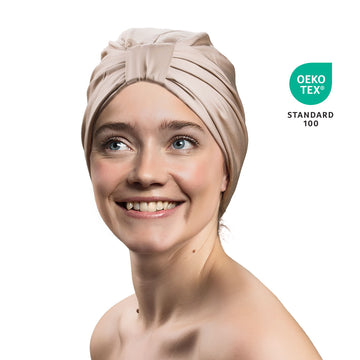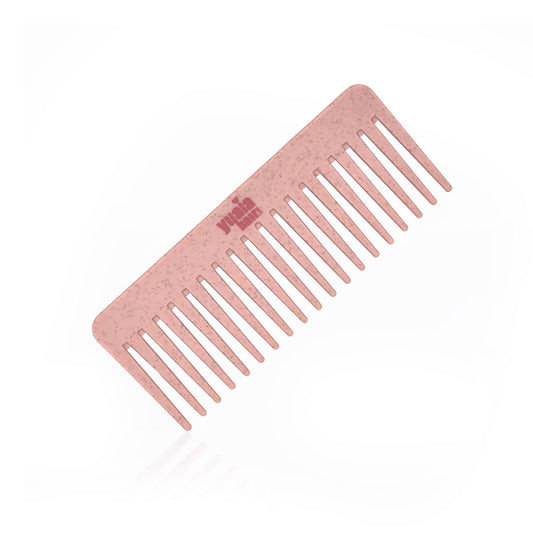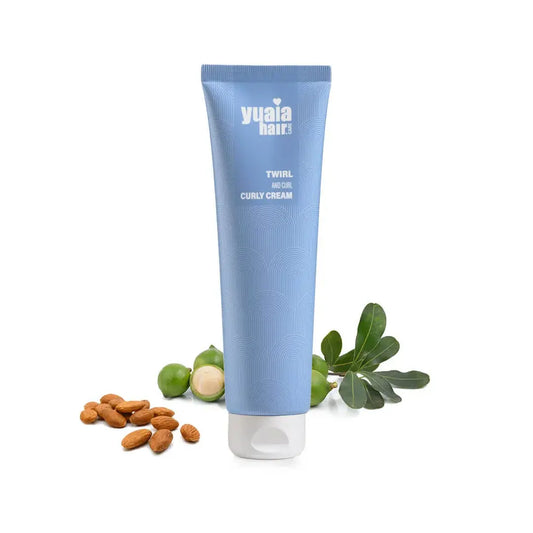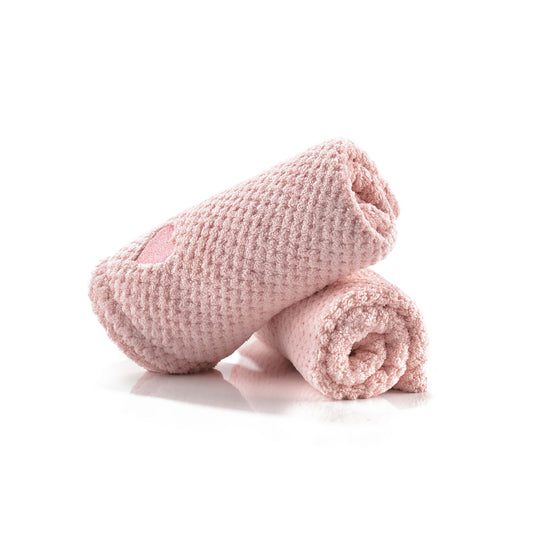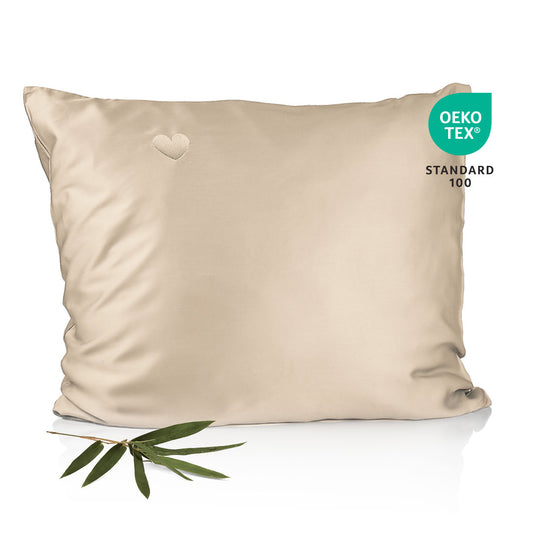
Is it better to brush curly hair wet or dry?
Brushing curly hair is generally safest when the hair is damp rather than fully wet or completely dry. Wet hair, although more elastic, is also in a fragile state due to the raised cuticle layer, which can lead to breakage if brushed too aggressively. Dry curly hair lacks flexibility, making it prone to snapping and frizz when detangled. The ideal approach is to brush damp hair using a wide-tooth comb or a brush made for curls, paired with a leave-in conditioner or detangling spray to reduce tension and friction. In conclusion, damp brushing with the right tools and products offers the best balance between protecting the hair and preserving the curl pattern.
Recommended tools for brushing curly hair
Selecting the right tools is essential when brushing curly hair, as the texture is more prone to tangling, dryness, and breakage. The correct tools can make a noticeable difference in preserving the hair’s health and natural curl pattern.
-
Wide-tooth combs are ideal for gently detangling without pulling or disrupting curls. Our Wide-toothed Comb is specially designed for curly hair, with generously spaced teeth that glide through knots while preserving the curl pattern. It helps reduce breakage and works especially well on damp hair for a gentle, effective detangling routine.
-
Detangling brushes with soft, flexible bristles are particularly effective on wet hair, especially when used in combination with a detangling spray or leave-in conditioner. These brushes minimize mechanical stress on the hair shaft, reducing the risk of breakage. Our Detangle Brush exemplifies this approach with its flexible design that gently glides through tangles without pulling or causing discomfort. Its structure is especially beneficial for distributing conditioner evenly during shower routines, promoting smoother and more manageable hair.
-
Avoid fine-tooth combs and traditional stiff-bristled brushes, as they create excessive tension, increase the risk of breakage, and may lead to frizz or split ends.
-
Opt for ergonomically designed tools that offer better control and comfort during use, allowing you to work with the natural movement of your curls rather than against it.
Choosing tools that support your hair's texture not only improves immediate results but also contributes to long-term curl definition and overall hair health.
Wet brushing techniques
Brushing curly hair while wet can help maintain the curl pattern and reduce breakage if done properly. This involves using the right tools, working in sections, and applying conditioning products to ease detangling. With the correct technique, wet brushing supports healthier curls and minimizes frizz.
Preparation before brushing
Preparation is key to successful wet brushing, and it begins even before you pick up your brush or comb. Start by thoroughly cleansing your scalp and hair with a moisturizing shampoo and conditioner specifically formulated for curly textures. These products help to hydrate the hair and soften tangles, setting the stage for a smoother detangling process. Once the conditioner is rinsed out, apply a generous amount of leave-in conditioner or detangling spray while the hair is still soaking wet. This additional moisture and slip is essential for reducing friction and preventing breakage during brushing.
Sectioning for better control
Sectioning your hair before styling or detangling is a simple yet effective technique for achieving better control and manageability. Start by dividing the hair into four to eight small, even sections, depending on your hair’s density and length. Secure each section with clips to keep them separate and organized. This method allows you to focus on one portion at a time, making the process less overwhelming and more precise.
Sectioning helps prevent tugging, reduces the risk of breakage, and ensures that no areas are missed—particularly useful when applying products, detangling, or defining curls for a more polished result.
Detangling with the right technique
Detangling should always begin at the ends of the hair, where knots tend to accumulate, and then gradually work upward toward the roots. Using a wide-tooth comb or a brush specifically good for curly hair—one with flexible, widely spaced bristles—will help you navigate through tangles without pulling or disrupting the natural curl formation.
Be patient and gentle, using smooth, downward strokes and avoiding any rough tugging. If you encounter a stubborn knot, apply additional product and gently work it out with your fingers before continuing with your tool.
Styling and drying after brushing
After the entire head is detangled, apply a curl-enhancing cream, gel, or mousse while the hair is still wet to help define curls and lock in moisture. Choose a product that suits your curl type and styling goals. Finish by letting the hair air dry, or use a diffuser attachment on a blow dryer set to low or cool. This ensures curls set in their natural shape without frizz, delivering a defined and polished result.
Dry brushing techniques
While brushing curly hair when dry is not generally advised, it may be necessary in some situations—such as quick restyling, light detangling between wash days, or when prepping for an updo. In these cases, extra care is needed to avoid causing breakage or disrupting the natural curl pattern.
Start by lightly misting the hair with water to dampen it slightly without making it wet, or apply a small amount of leave-in conditioner or a light oil to help provide slip and soften the strands. This step is important to avoid mechanical stress, which curly hair is particularly vulnerable to when dry.
Once the hair is prepped, use your fingers or a wide-tooth comb to gently separate and detangle the curls, working in small sections. Always start from the ends and work upward toward the roots to prevent tugging and minimize knotting. Take your time and handle the hair delicately to maintain its structure. For particularly stubborn knots, a fingertip application of conditioner directly on the tangle can help ease the process.
To preserve curl shape and add definition after dry brushing, apply a curl-refreshing spray, light cream, or mousse to the brushed sections. Scrunch the product into the hair to encourage curls to bounce back into form. If desired, twist or finger-coil small sections to reshape curls that may have stretched or loosened during brushing.
It may also be helpful to finish with a lightweight sealing oil to lock in moisture and reduce the chance of frizz.
Why do my natural curls go away when I brush my hair?
Many people with curly hair find themselves asking: Why do my natural curls go away when I brush my hair? The answer lies in how the curl structure responds to physical manipulation. When curls are brushed, especially when dry or without proper technique, the spiral pattern gets stretched or disrupted. This interference flattens the curl's natural form, causing the hair to appear frizzy or puffed rather than defined.
Curly hair depends on its internal structure and moisture balance to maintain its shape. Brushing disrupts this alignment unless done carefully. To prevent this, it's important to brush only when the hair is properly moisturized and to use tools and techniques that support the curl pattern.
Wet brushing with leave-in products, sectioning, and working from the ends upward can help preserve definition. Equally, styling after brushing—by applying curl creams, gels, and scrunching—helps the curls spring back into their natural form.
Maintaining curls post-brushing
To maintain healthy, defined curls after brushing, choose gentle drying techniques that are specifically tailored to protect the hair’s structure and moisture balance. Use a microfiber towel or a cotton T-shirt to blot excess water with care, pressing rather than rubbing the hair. This minimizes friction and reduces the risk of frizz, which is commonly caused by the rough texture of traditional towels. Microfiber, in particular, is highly absorbent and soft, making it ideal for curly hair routines.
Once the hair is adequately dried, apply curl-enhancing styling products such as leave-in creams, gels, or mousses. These products help reinforce the curl pattern, reduce flyaways, and provide long-lasting hold throughout the day. Be sure to apply them evenly, scrunching gently from the ends upward to help shape the curls naturally.
In addition to daytime care, protecting your curls at night is equally important. Sleeping on a bamboo pillowcase significantly reduces friction and helps preserve curl definition by minimizing disruption to the hair cuticle. Alternatively, wrapping your hair in a bamboo bonnet can offer similar protection, especially for those with tighter curl patterns or longer hair.
Common mistakes to avoid, when brushing curly hair
Even with the best intentions, it's easy to make missteps when brushing curly hair. The answer lies in understanding what not to do, as much as knowing the right techniques. Certain habits can compromise curl definition, contribute to breakage, or lead to long-term damage. Below are some of the most frequent mistakes—and how to avoid them.
Brushing too frequently
Brushing curly hair too frequently can lead to cumulative damage, weakening the hair shaft and compromising the natural curl structure. Unlike straight hair, which may tolerate frequent brushing with minimal disruption, curly hair is more vulnerable to mechanical stress due to its coiled shape and lower moisture retention. Curly hair thrives with minimal manipulation, and over-brushing may result in frizz, split ends, and even a loss of curl definition over time, making the hair look dull and harder to manage in the long term.
It's essential to understand that curly strands are inherently more fragile and require strategic handling. Their structure creates multiple points along the strand where stress can concentrate, increasing the likelihood of breakage. Therefore, brushing should be reserved for moments when it's truly needed, such as during wash days when the hair is hydrated, or for light maintenance in between washes when absolutely necessary. Being mindful of when and how you brush can help protect the integrity of the curls.
In these moments, it is equally important to approach brushing with patience and consistency. Use gentle, deliberate strokes and divide the hair into manageable sections for better control and reduced tension. Taking your time not only helps prevent damage but also allows you to be more thorough in removing tangles, especially in denser or longer hair types. This careful, section-by-section approach encourages a healthy brushing routine that supports rather than undermines the natural curl pattern.
Using the wrong tools
Another common mistake is using tools that are not suitable for curly hair. Brushes with stiff or densely packed bristles, or fine-tooth combs, can create excessive tension on the strands, which leads to unnecessary stress and breakage. Opting for the right tools—like wide-tooth combs or detangling brushes specifically designed for curls—is not just a matter of preference, but a foundational part of maintaining hair health.
Brushing without moisture
Lastly, moisture is non-negotiable when handling curly hair. Brushing dry, brittle curls without proper preparation can cause irreversible damage. Always ensure the hair is well-conditioned or at least slightly damp when detangling. Applying a leave-in conditioner, detangling spray, or light oil beforehand not only softens the strands but also provides the slip needed to brush through tangles safely. When these key principles are observed, brushing becomes an effective and supportive part of a healthy curly hair routine.
Brushing the right way: Supporting healthy, defined curls
Proper brushing is an essential part of curly hair care. By understanding the special requirements of curly hair and following best practices for brushing—whether wet or dry—you can maintain your hair’s health, prevent damage, and preserve the natural beauty of your curls.
Frequently Asked Questions
How often should you brush curly hair?
Curly hair should be brushed as infrequently as possible to avoid disrupting the curl pattern and causing breakage. Most experts recommend detangling only during wash days when the hair is wet and conditioned, or as needed for light maintenance between washes.
What is the best type of brush or comb for curly hair?
The best tools for curly hair are wide-tooth combs and detangling brushes with flexible bristles. These help gently remove tangles without pulling or breaking the hair, preserving the natural curl structure.
Can brushing curly hair help reduce frizz?
Brushing curly hair can help reduce frizz if done correctly—on damp, conditioned hair with the right tools. Brushing dry or unconditioned hair can actually increase frizz and disrupt curl definition.
Should I use products when brushing curly hair?
Yes, using a leave-in conditioner, detangling spray, or light oil provides slip and moisture, making it easier to detangle and reducing the risk of breakage and frizz.
What should I do after brushing my curly hair?
After brushing, apply curl-enhancing products like creams or gels and scrunch the hair to help curls reform. Let your hair air dry or use a diffuser to set the curls and maintain definition.
 2-4 day UK delivery
2-4 day UK delivery
 25.000+ satisfied customers
25.000+ satisfied customers
 Satisfaction Guarantee
Satisfaction Guarantee



